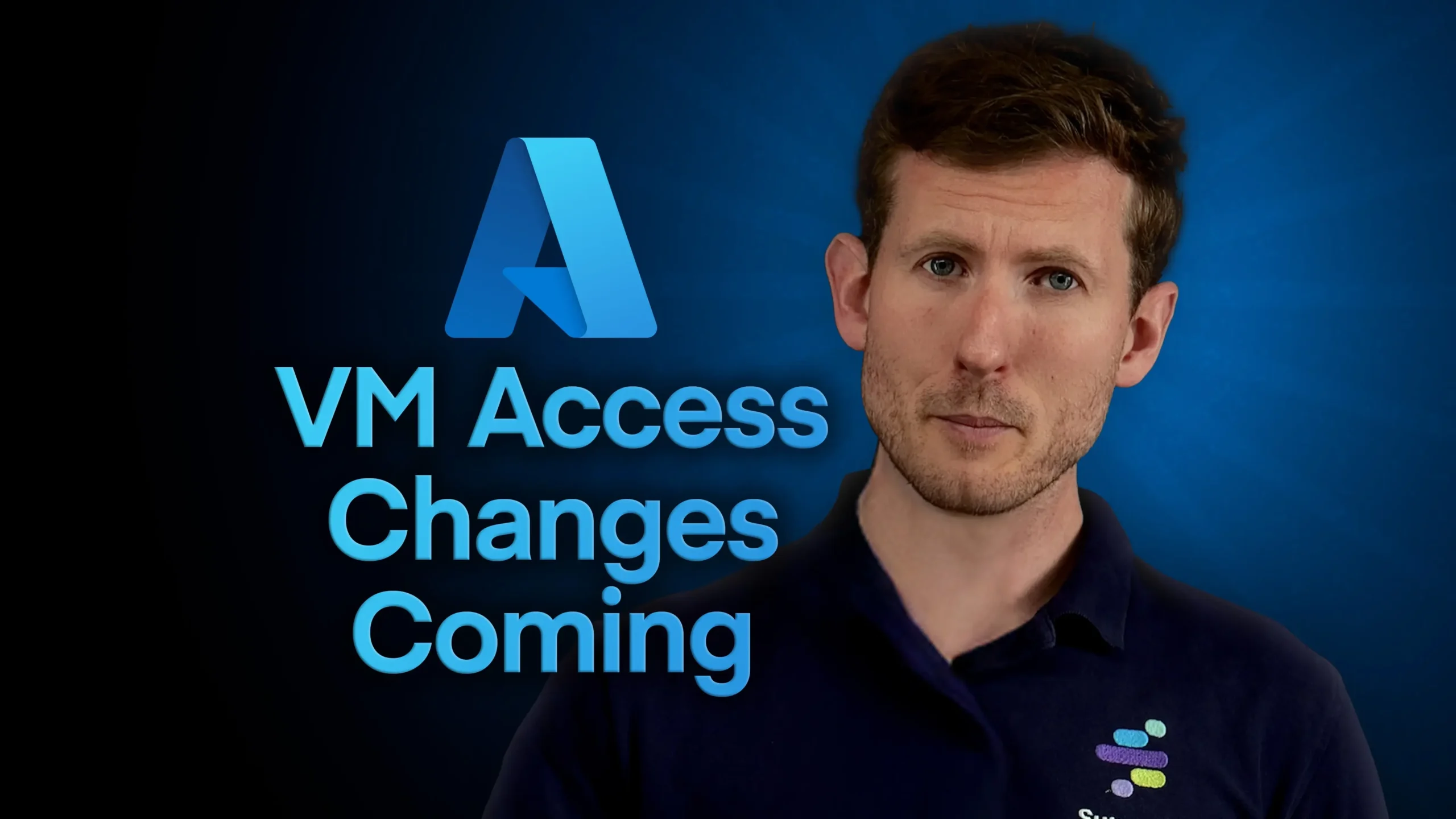IT transformation (also known as digital transformation) isn’t something you can ever tick off a to‐do list. It’s an ongoing, iterative process that continues alongside the natural lifecycle of your business. You could even refer to it as a digital evolution because at no point is it ever really finished.
Think of your company as if it were a Formula 1 race team.
Firstly, you’ll be developing a car (your IT systems) to compete and succeed in each grand prix (a business objective or milestone). But you’ll also be designing the car for future seasons, when the rules change each year.
At the same time, you’re developing your organisational strength, whilst creating new processes for testing and building parts for each car. You’ll design new, more efficient workflows. You’ll improve everything you do in a bid to stay at the front of the pack and outpace your rivals. Maintaining pole position only happens with continuous improvements.
If you want to win the business race, you have to drive improvements both now and for the future.
Digital transformation has become much more important for organisations in the last few years, and Chief Information Officers (CIOs) find themselves playing a much bigger role in it. 84% of IT leaders say CIOs are more likely to drive digital transformation than their business leader counterparts. And the same amount of surveyed IT leaders say they view the role of CIO as a changemaker.
And the consensus is that nowadays, business transformation and IT transformation are closely linked:
Melanie Kalmar, CIO of DOW, illuminates the issue:
“The previous perception of being digitally driven was that IT would lead all of the change and that technology would be the driver. Digital transformation is really about how people do their work differently and understanding IT isn’t going to drive this on its own.”
Three steps to make your IT transformation faster and easier
So, you’re probably asking, “How do we make this IT transformation journey smoother and more efficient?” Well, the biggest roadblocks to upgrading IT in business aren’t technical — they’re human and process-related.
This means we need to tackle these challenges with a fresh perspective. Here are three steps that can help you shift gears and speed up your IT transformation:
1) Transform the way you transform
Because digital IT transformation is a journey, not a race, businesses need to stop thinking about the finish line. Only then can they fully grasp the benefits of digital evolution and master the transformation process itself.
IT teams should aim to be an end-to-end service delivery workforce. Their focus? Developing and deploying new IT services that drive productivity, change, and growth, while reducing siloed work. IT leaders have the exciting role of promoting new methods and ideologies to rev up the pace of change in their organisations.
The first step? Shaking off the “we’ve always done it this way” mindset and embracing new tech that makes IT easier to consume. This helps to dismantle rigid company policies and domain silos that slow down their ability to innovate and deliver results. It also prevents the accumulation of both technical debt and ‘agility debt’ which makes it increasingly difficult to change gears in the future.
After transforming the way they transform, companies must use new methods and ideologies to simplify their approach to the cloud and other technologies.
2) Make consumption of complex technology platforms simple
This applies to every interaction in a business, from end-users to stakeholders and internal IT teams. Making complex technologies user-friendly is vital. For end-users, this means an improved experience without having to climb a steep learning curve to get the most out of IT.
A winning digital transformation strategy involves keeping the tech changes invisible to the end-user. The only thing they should only notice is an increase in features and productivity. For stakeholders, it’s about demonstrating the value of the proposed IT solution to the business. This includes both the financial impact, like cost savings and ROI, and non-financial impacts, such as boosts in productivity and improved perception of IT.
And for IT themselves? It means fewer barriers to entry and a faster rate of acceptance for the new way of doing things.
3) Overcome legacy mentalities
It’s far too easy to slip into a false sense of security when employees have been with a company for a long time. They’ve accumulated knowledge over time and it’s served them well. But to keep the company performing at its best, it’s important to look to the future and consider new ways of doing things.
This mindset change is critical during the transition: think ahead, adapt, and be willing to learn.
During an IT transformation project, businesses need a change agent and management buy-in. Sometimes, bringing in an external partner provides that fresh, expert perspective needed to instigate those changes.
IT transformation is the lynchpin in every part of the organisation. Depending on the size of the business, it’s not just the IT department driving the changes. Line of business managers and department heads have their roles to play too. To grease the wheels and create a smooth transition, a coordinated effort from all parties is essential. This breaks down barriers between teams, IT, management, stakeholders, and the ‘outdated’ ideologies they succumb to.
If you’re looking for a pit crew to help you speed up your IT transformation journey, get in touch with Synextra today. We’re here to help you take the lead and make your IT transformation journey as fast and easy as possible.




